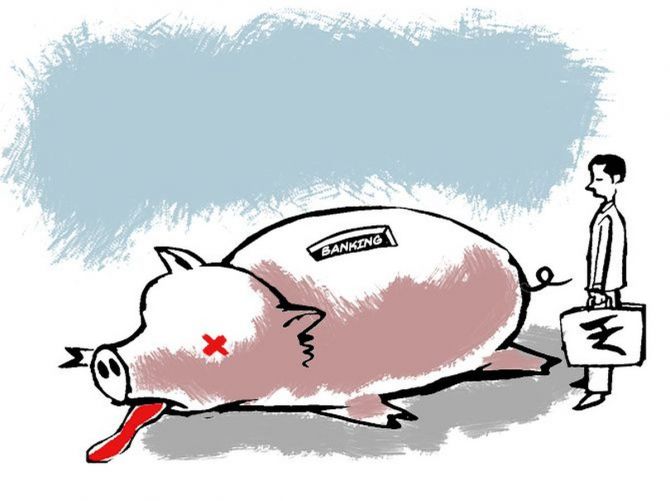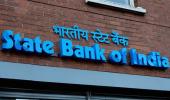If a bank shuts down, every account holder it has will get back their money for a maximum limit of Rs 5 lakh.
It was Rs 1 lakh before.

American regulators shut down Silicon Valley Bank on March 10, allowing depositors access to their money three days later.
Reforms have made India's deposit insurance framework banking safer, but more may need to be done.
The 2020 Union Budget raised the threshold for deposits covered by insurance to Rs 5 lakh.
That means that if a bank shuts down, every account holder it has will get back their money for a maximum limit of Rs 5 lakh. It was Rs 1 lakh before.
The share of fully protected accounts increased from 92 per cent in 2018-2019 to 97.9 per cent in 2021-2022.
But less than half the value of deposits in bank accounts is fully covered, according to an analysis of data from THE Deposit Insurance and Credit Guarantee Corporation (DICGC) annual reports (chart 1).
Depositors had to wait for a long time to get their money back when the Punjab and Maharashtra Co-operative Bank collapsed in 2019.
The time taken for depositors to get back money from collapsed banks was down to 184 days as of 2021-2022.
It does not mean that all depositors got their money back in 184 days, as full repayment can stretch for years as seen in the case of the Punjab and Maharashtra Co-operative Bank (chart 2).
India's insurance coverage for bank depositors is lower than many key economies.
The amount covered in Brazil was the equivalent of over Rs 33 lakh, or $44,874, as of 2021-2022, show figures from the International Association of Deposit Insurers.
That is nearly seven-fold more than India's figure.
The US, France, Germany, Japan and Korea have higher thresholds (chart 3).














